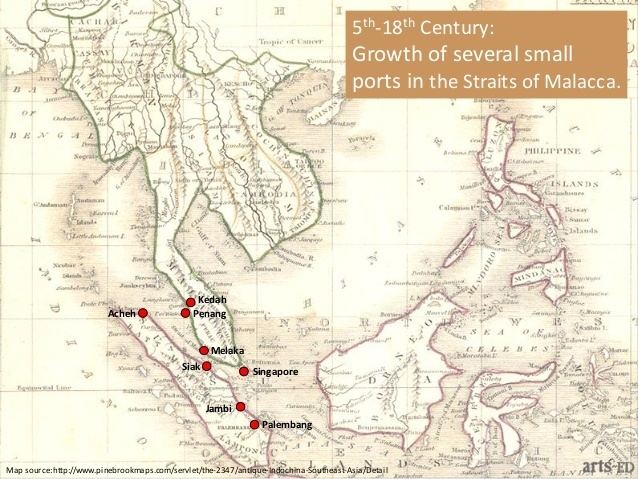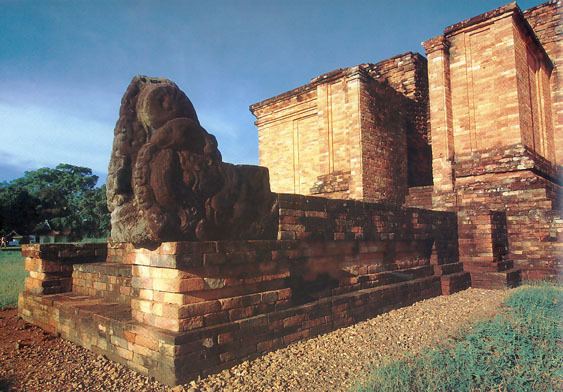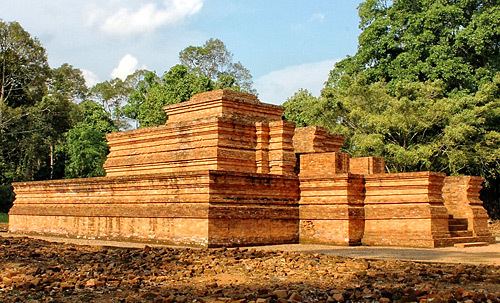Country Artist Tool Capital Jambi Population 3.092 million (2010) | University Jambi University Album 10,000 Days Area 50,058.16 km2 Governor PD | |
 | ||
Languages spoken Indonesian, Jambi Malay | ||
Map of Jambi
Jambi is a province of Indonesia. It is located on the east coast of central Sumatra and its capital is Jambi.
Contents
- Map of Jambi
- Zejims challenge level 7 ft jambi
- History
- Administrative divisions
- Languages
- World Heritage Site
- Demographics
- The best fried duck restaurant in jambi indonesia
- References

The province has a land area of 50,058.16 km2, and it has a population of 3,092,265 according to the 2010 Census; by January 2014 this had risen to 3,412,459.

Zejims challenge level 7 ft jambi
History
Jambi was the site of the Srivijayan kingdom that engaged in trade throughout the Strait of Malacca and beyond. Jambi succeeded Palembang, its southern economic and military rival, as the capital of the kingdom. The movement of the capital to Jambi was partly induced by the 1025 raid by pirates from the Chola region of southern India, which destroyed much of Palembang.
In the early decades of the Dutch presence in the region (see Dutch East India Company in Indonesia), when the Dutch were one of several traders competing with the British, Chinese, Arabs, and Malays, the Jambi Sultanate profited from trade in pepper with the Dutch. This relationship declined by about 1770, and the sultanate had little contact with the Dutch for about sixty years.
In 1833, minor conflicts with the Dutch (the Indonesian colonial possessions of which were now nationalised as the Dutch East Indies) who were well established in Palembang, meant the Dutch increasingly felt the need to control the actions of Jambi. They coerced Sultan Facharudin to agree to greater Dutch presence in the region and control over trade, although the sultanate remained nominally independent. In 1858 the Dutch, apparently concerned over the risk of competition for control from other foreign powers, invaded Jambi with a force from their capital Batavia. They met little resistance, and Sultan Taha fled upriver, to the inland regions of Jambi. The Dutch installed a puppet ruler, Nazarudin, in the lower region, which included the capital city. For the next forty years Taha maintained the upriver kingdom, and slowly reextended his influence over the lower regions through political agreements and marriage connections. In 1904, however, the Dutch were stronger and, as a part of a larger campaign to consolidate control over the entire archipelago, soldiers finally managed to capture and kill Taha, and in 1906, the entire area was brought under direct colonial management.
Following the death of Jambi sultan, Taha Saifuddin, on April 27, 1904 and the success of the Dutch controlled areas of the Sultanate of Jambi, Jambi then set as the Residency and entry into the territory Nederlandsch Indie. Jambi's first Resident OL Helfrich was appointed by the Governor General of the Dutch Decree No. 20 dated May 4, 1906 and his inauguration held on July 2, 1906.
Administrative divisions
Jambi province is divided into nine regencies (kabupaten) and two cities (kota), listed below with their areas and their populations at the 2010 Census and according to the latest (January 2014) estimates.
Languages
In addition to an urban Malay koine (Jambi Malay) spoken in Jambi city, Kerinci, Kubu, Lempur Malay, and Rantau Panjang Malay are also spoken in Jambi province.
World Heritage Site
May 2011: The Jambi provincial administration is striving to have the ancient Muaro Jambi temple site at Muaro Jambi village in Maro Sebo District, Muaro Jambi Regency, recognized as a world heritage site.
The site was a Buddhist education center that flourished during the 7th and 8th centuries and is made from bricks similar to those used in Buddhist temples in India.
Demographics
Islam is the largest religion in Jambi representing 96.5% of the whole population Christianity is 3% Hinduism is 0.25% and Buddhism 0.25%
